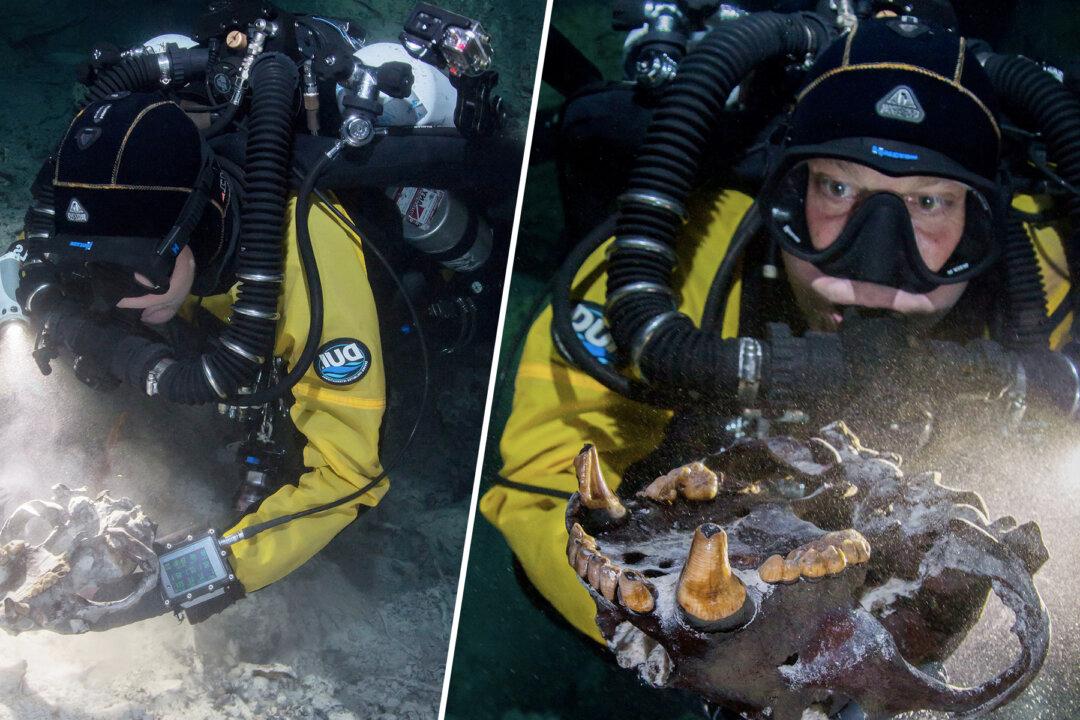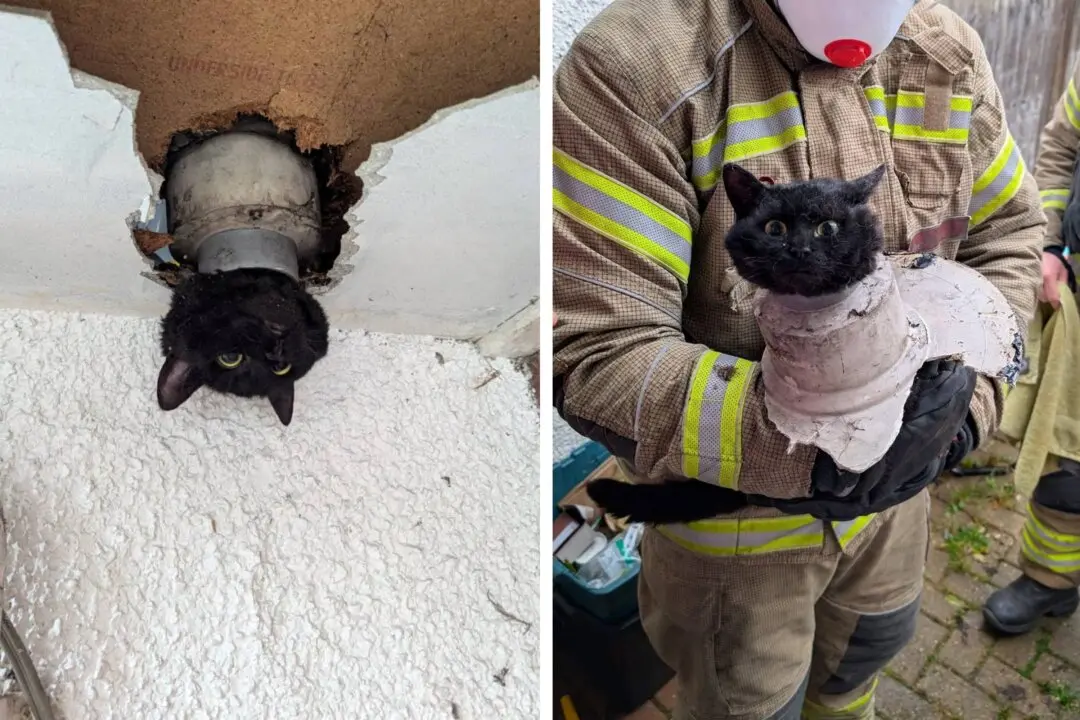Bones of Ice Age beasts that roamed Earth more than 13,000 years ago have been found in an underwater cave in Mexico.
There were also two creatures previously unknown outside South America—the short-faced cave bear, Arctotherium wingei, and the giant wolf, Protocyon troglodytes.





